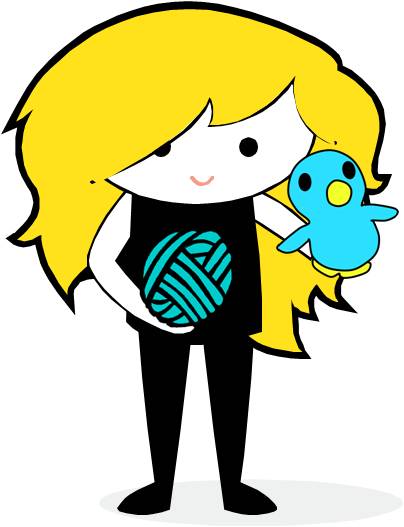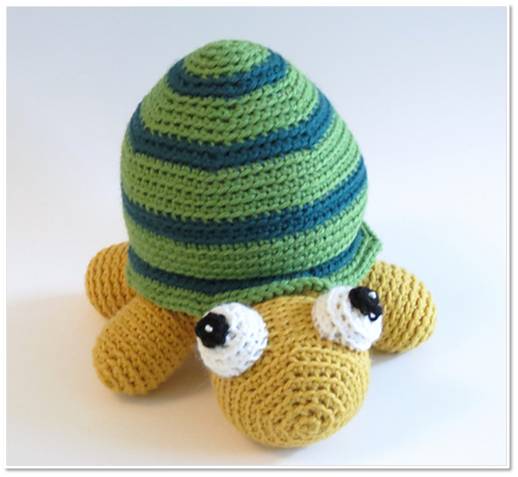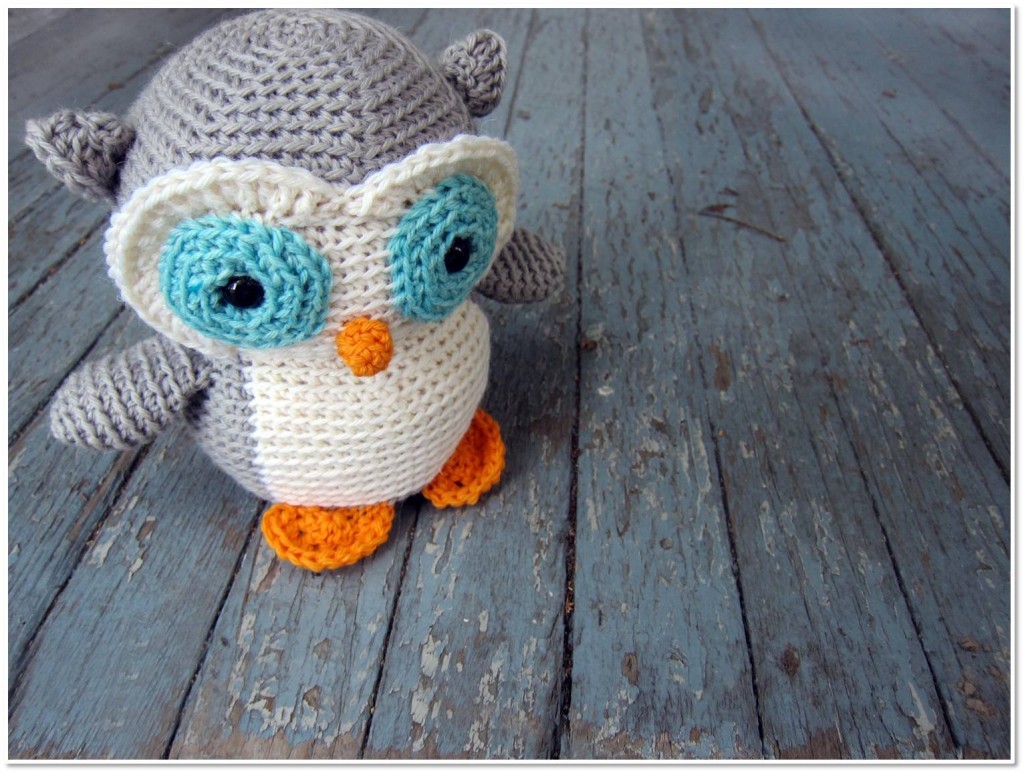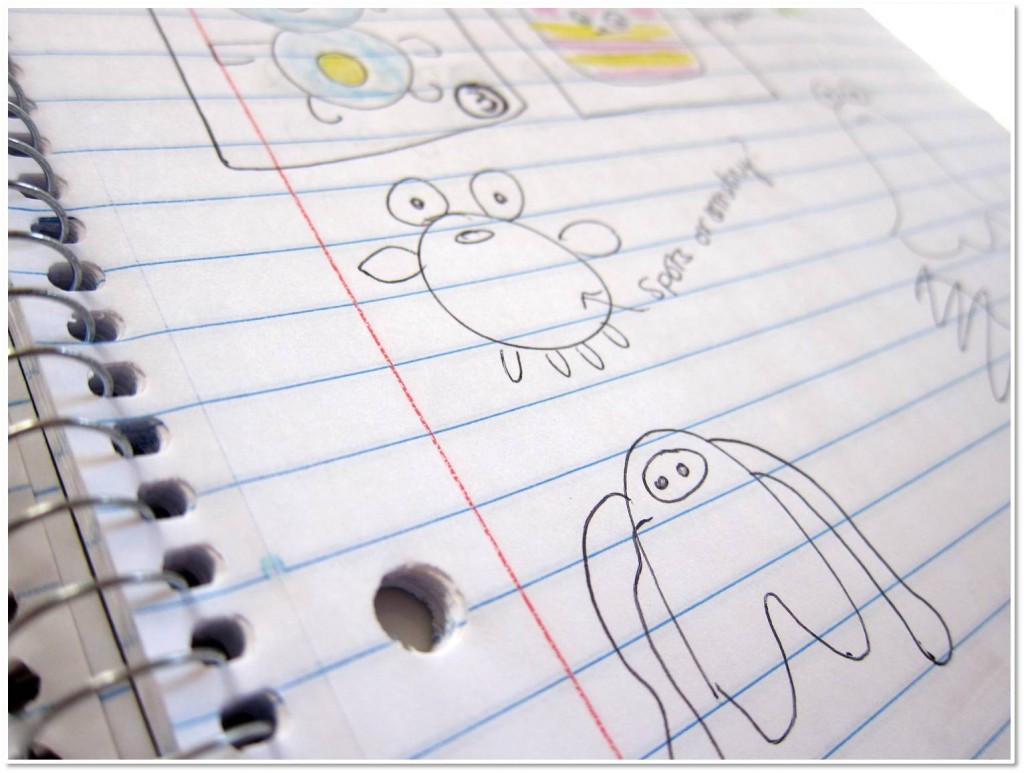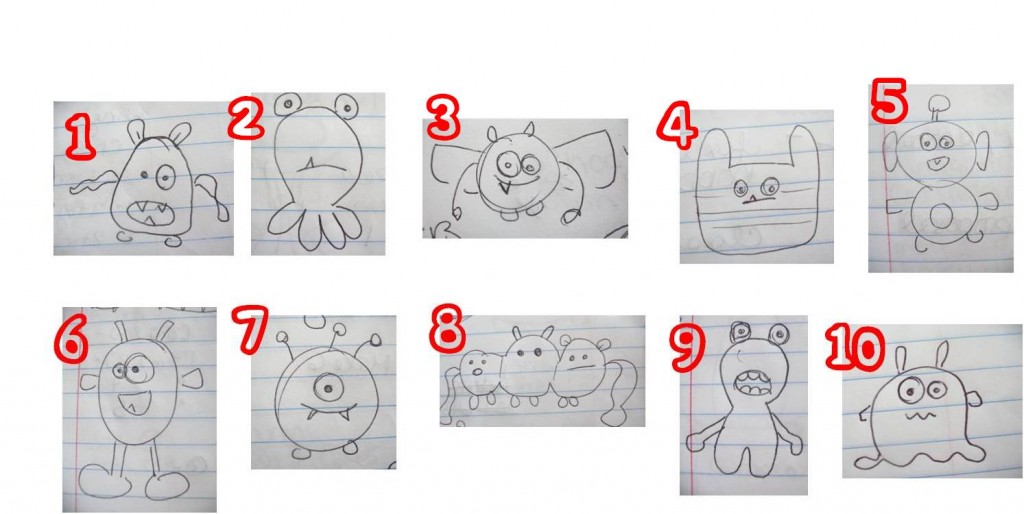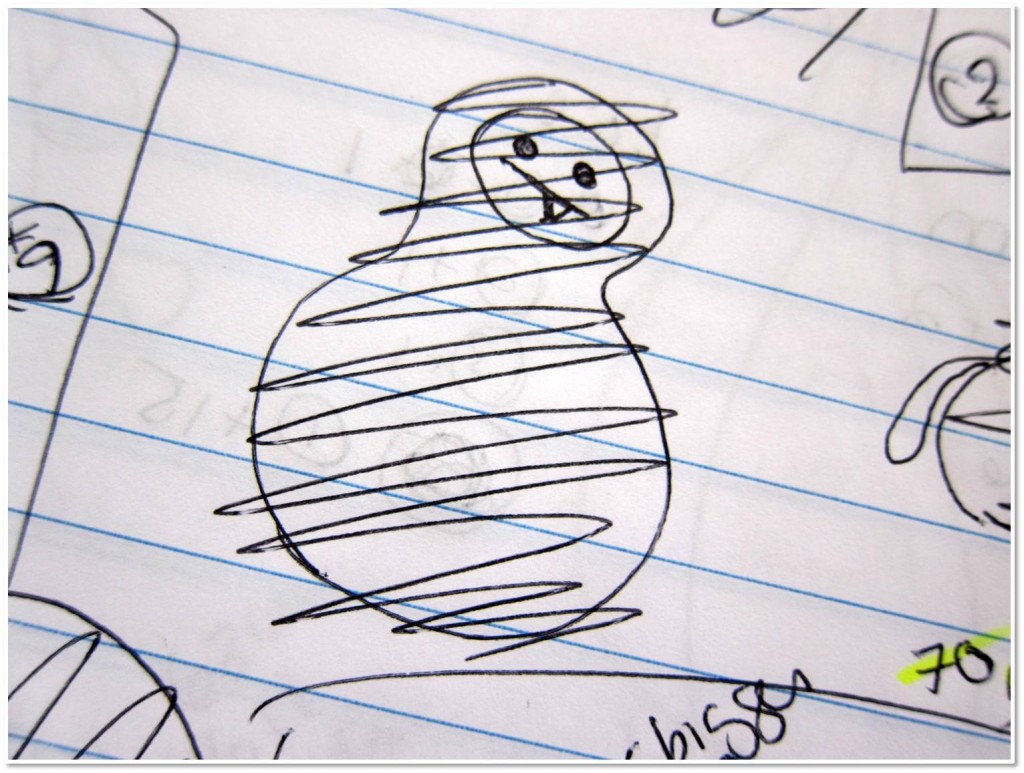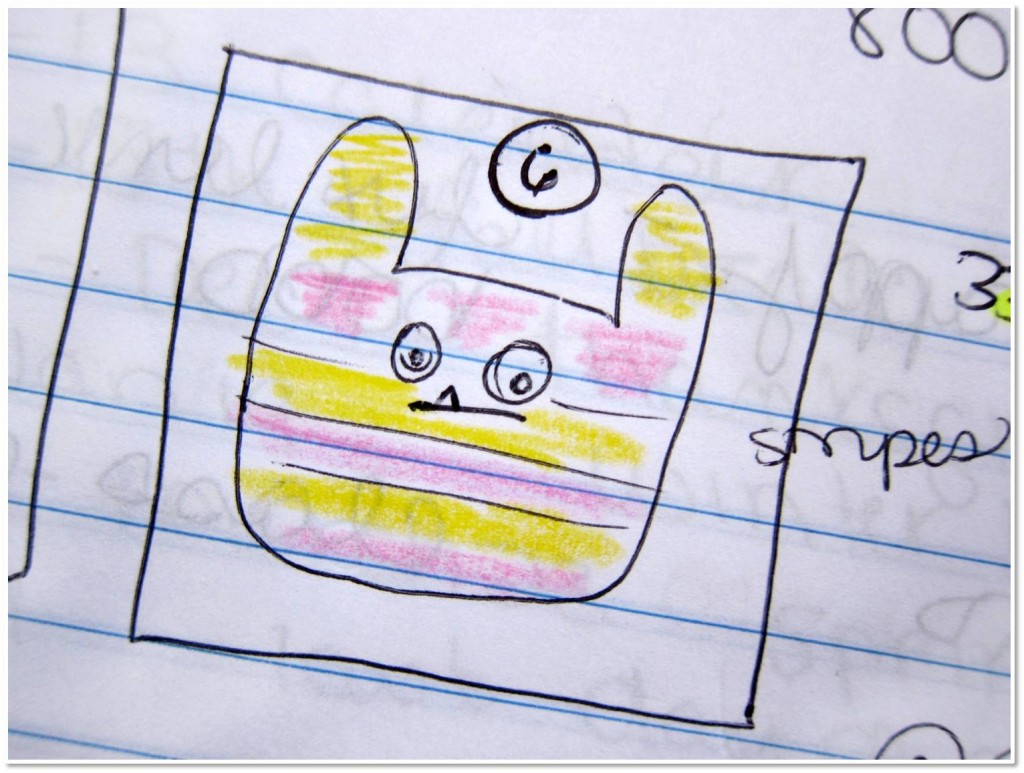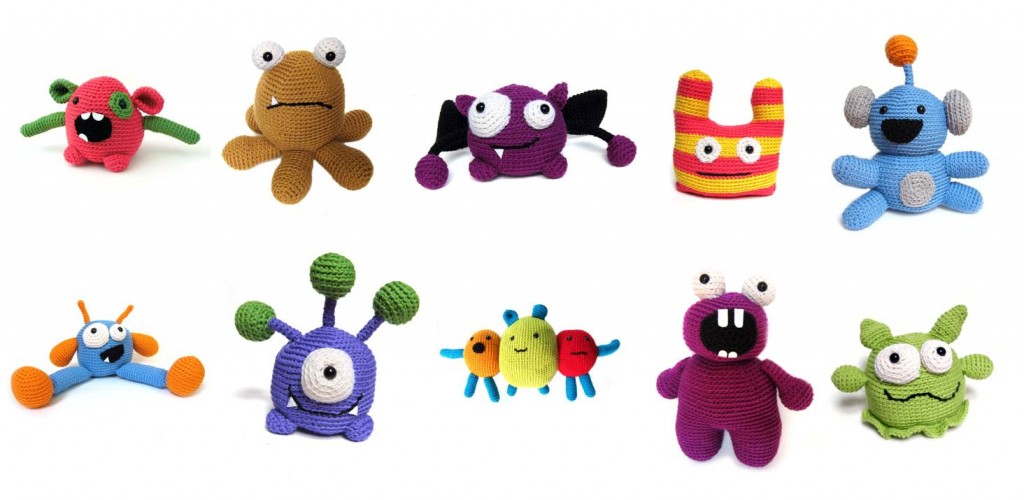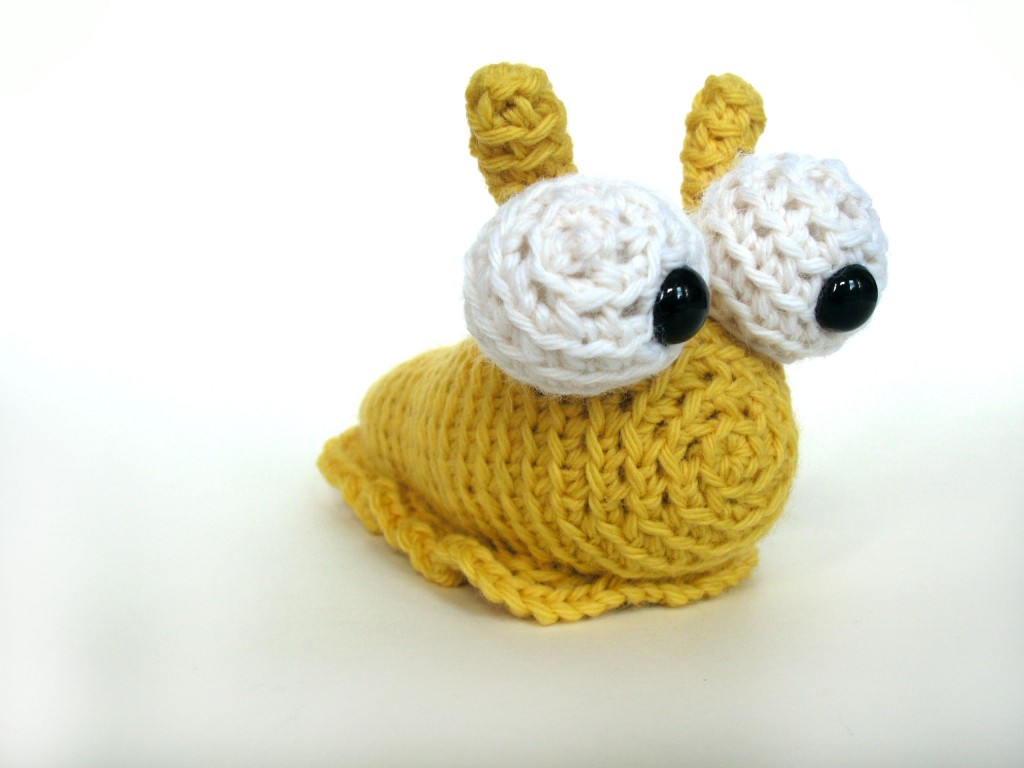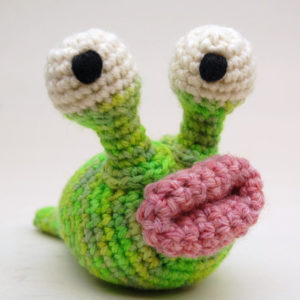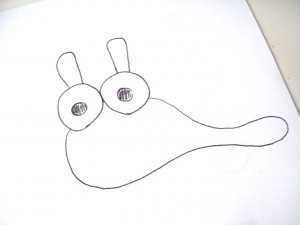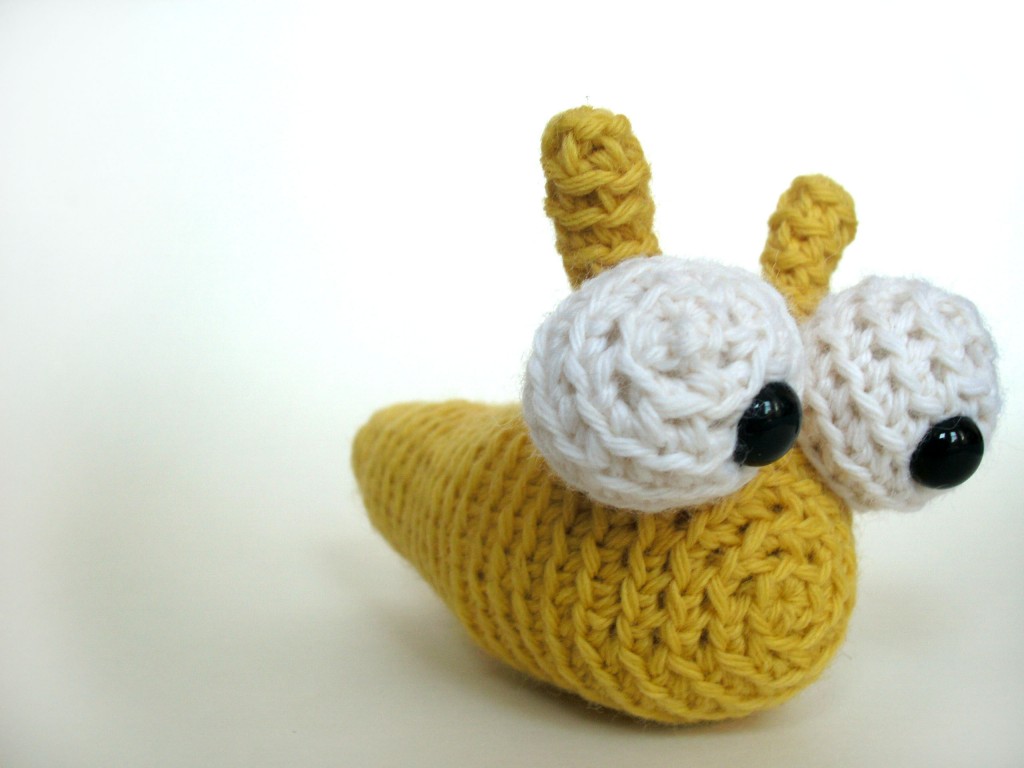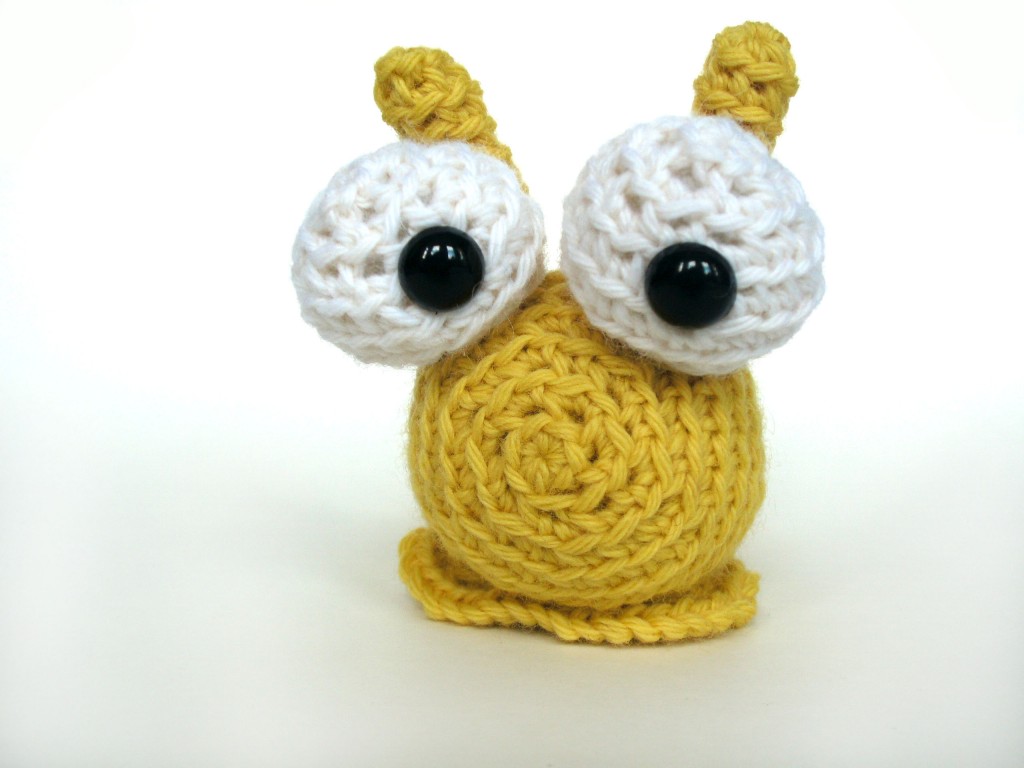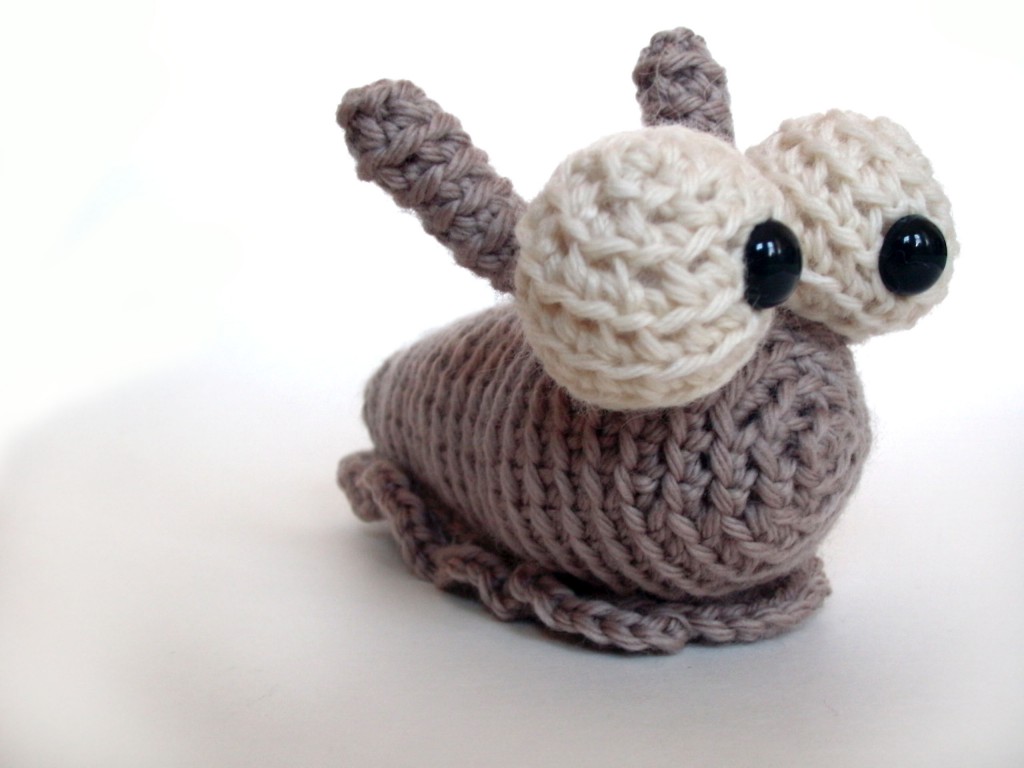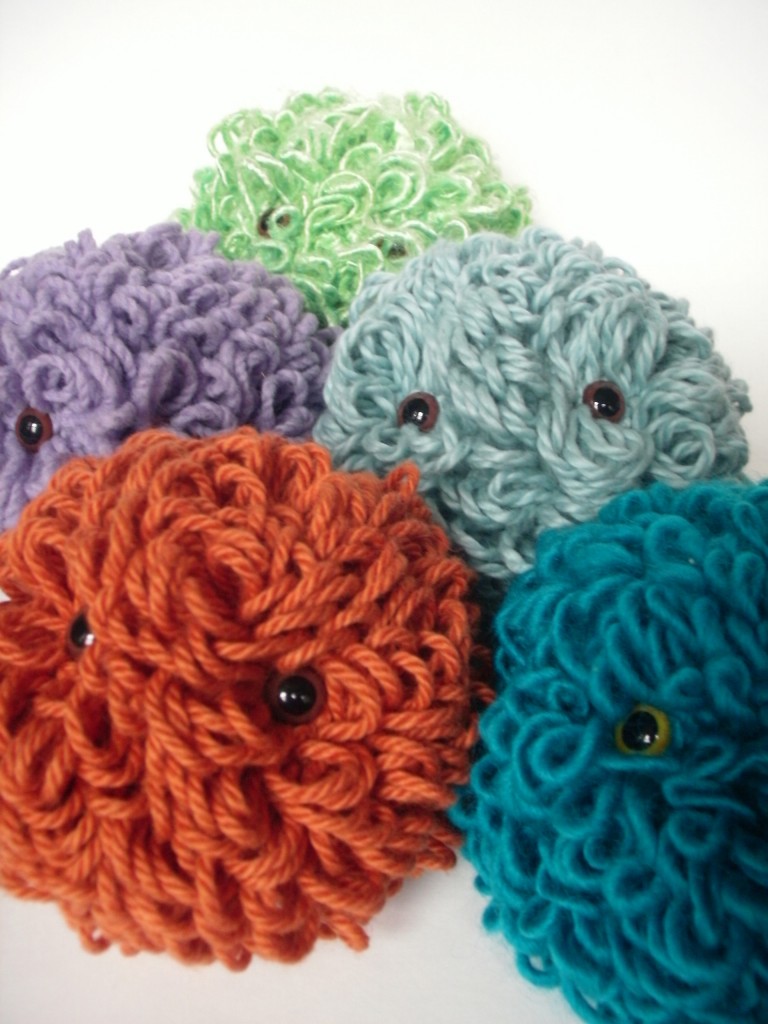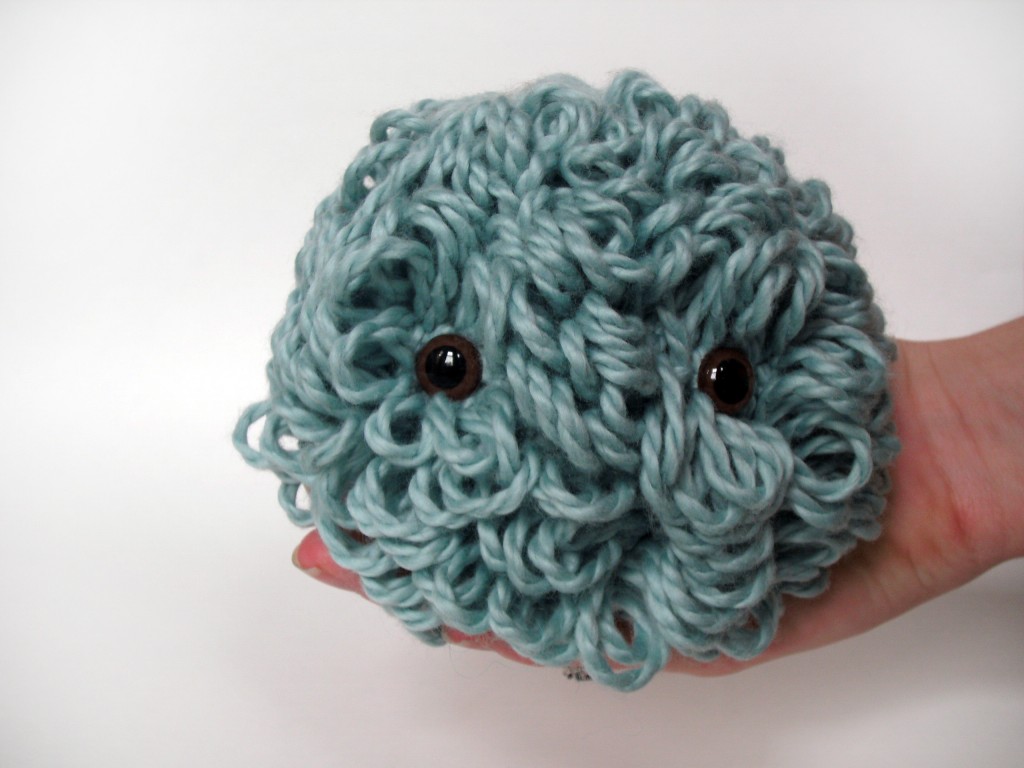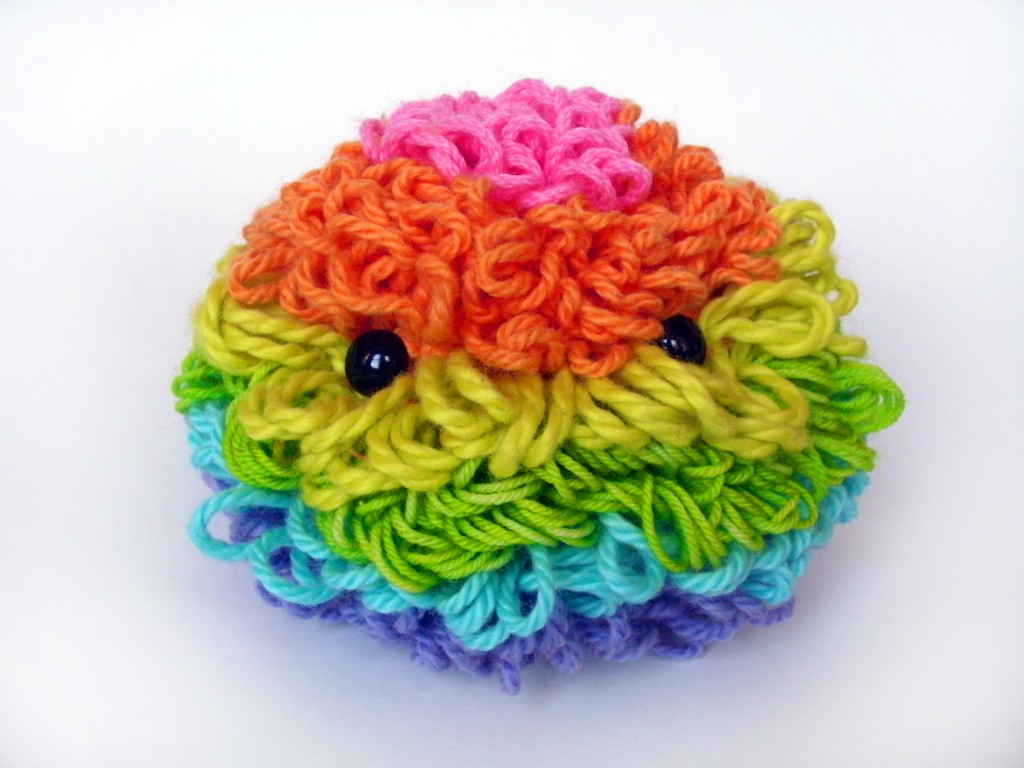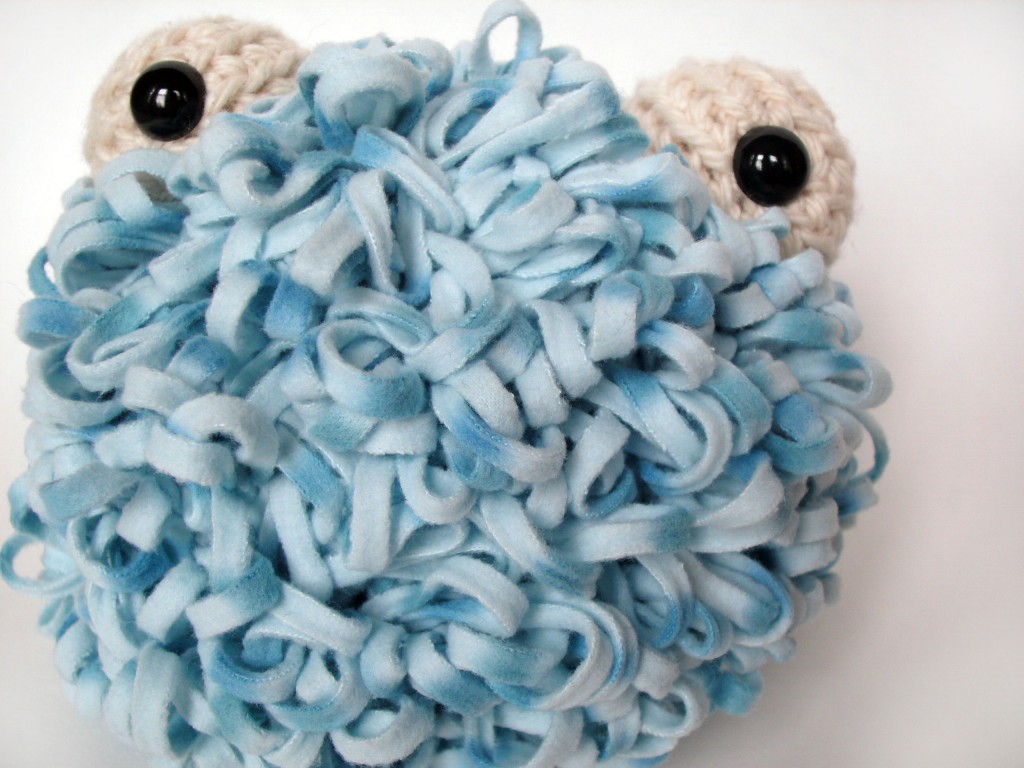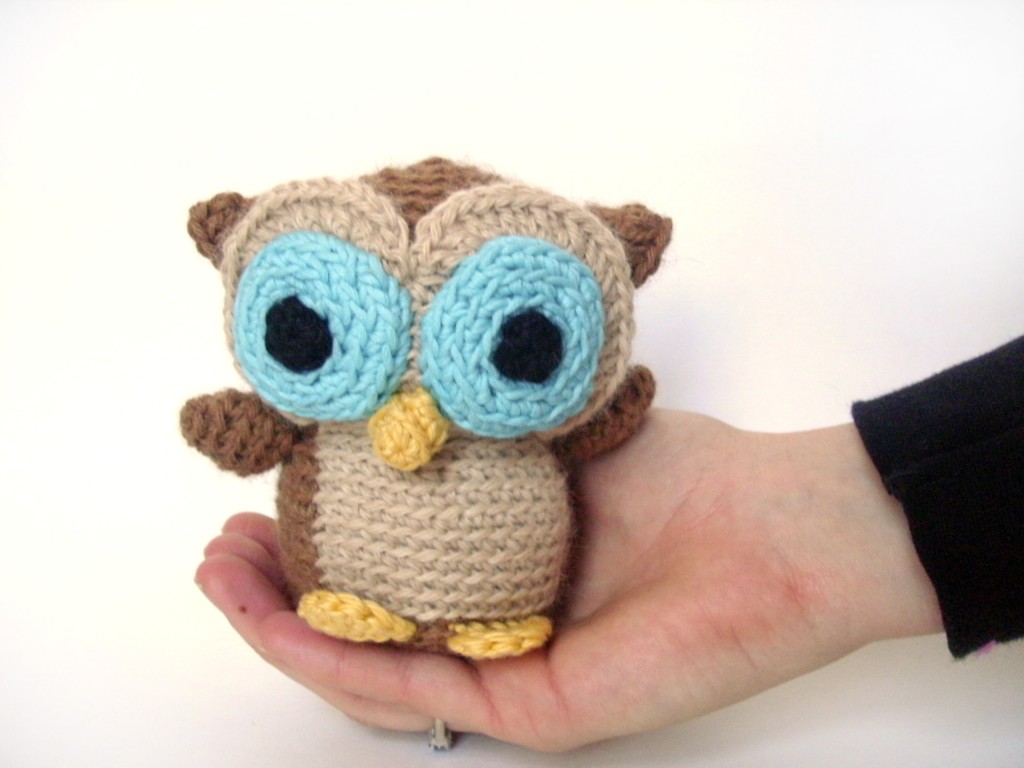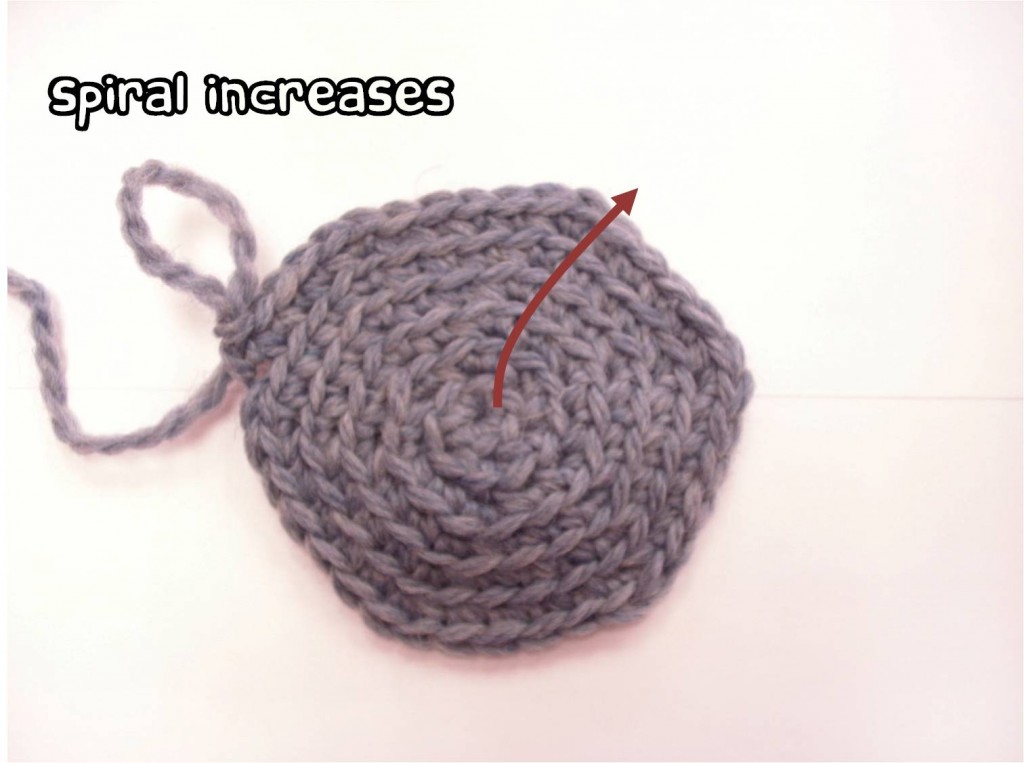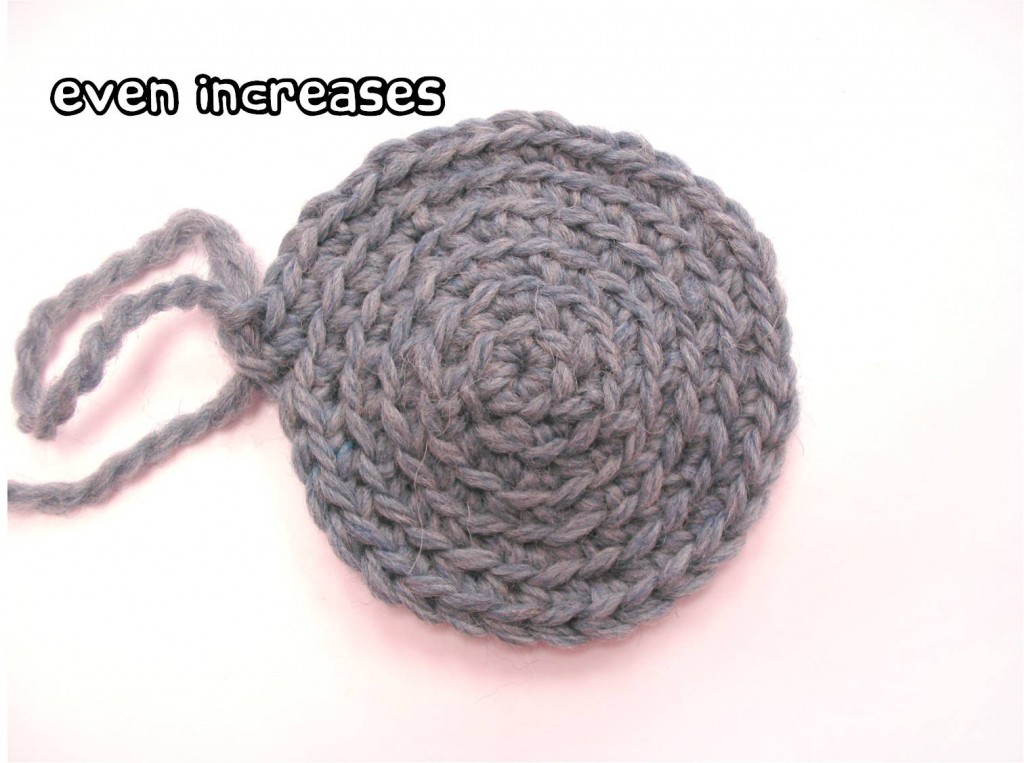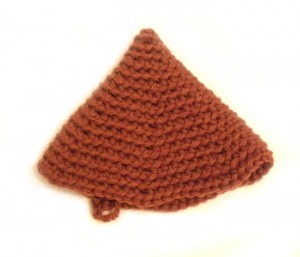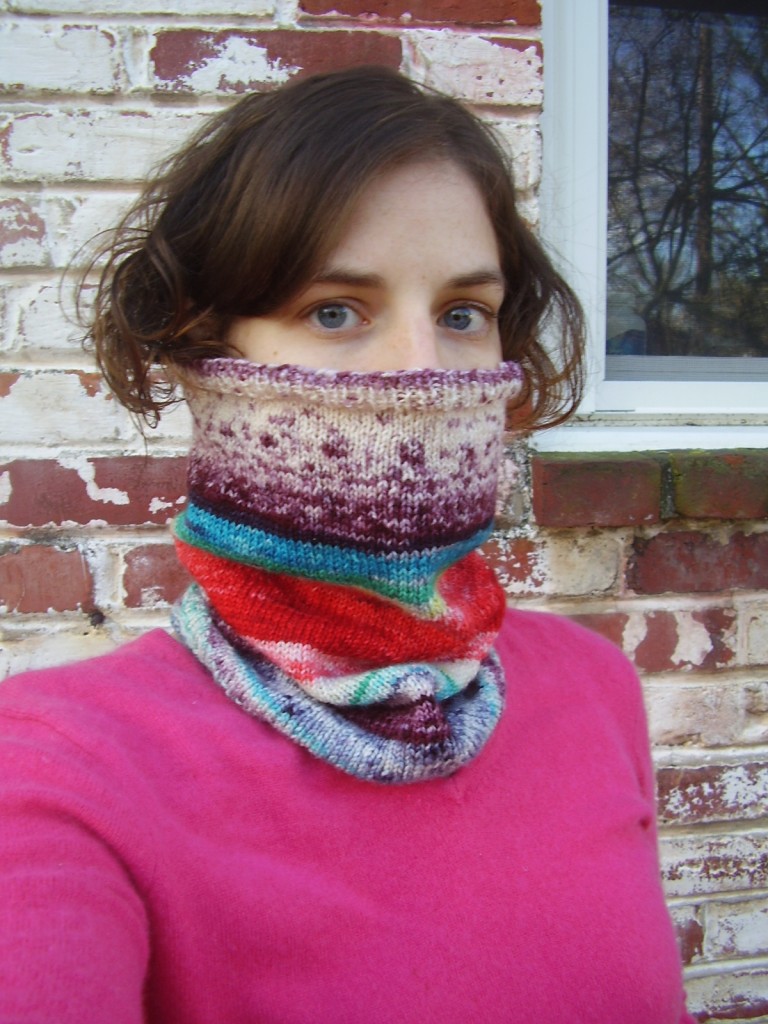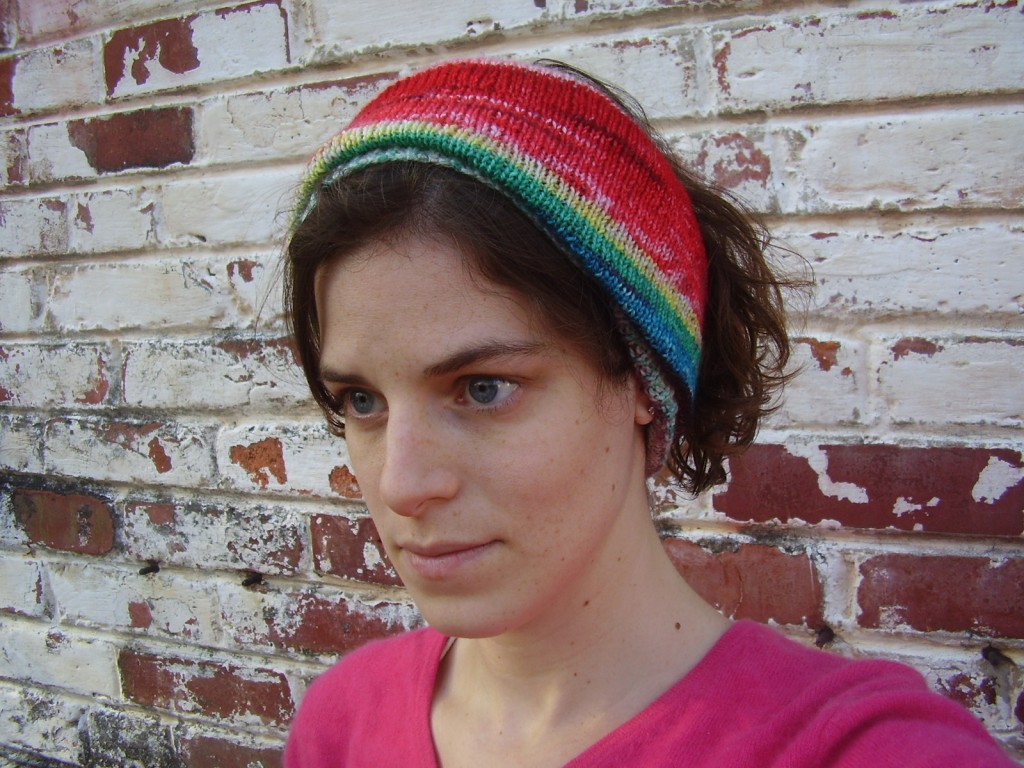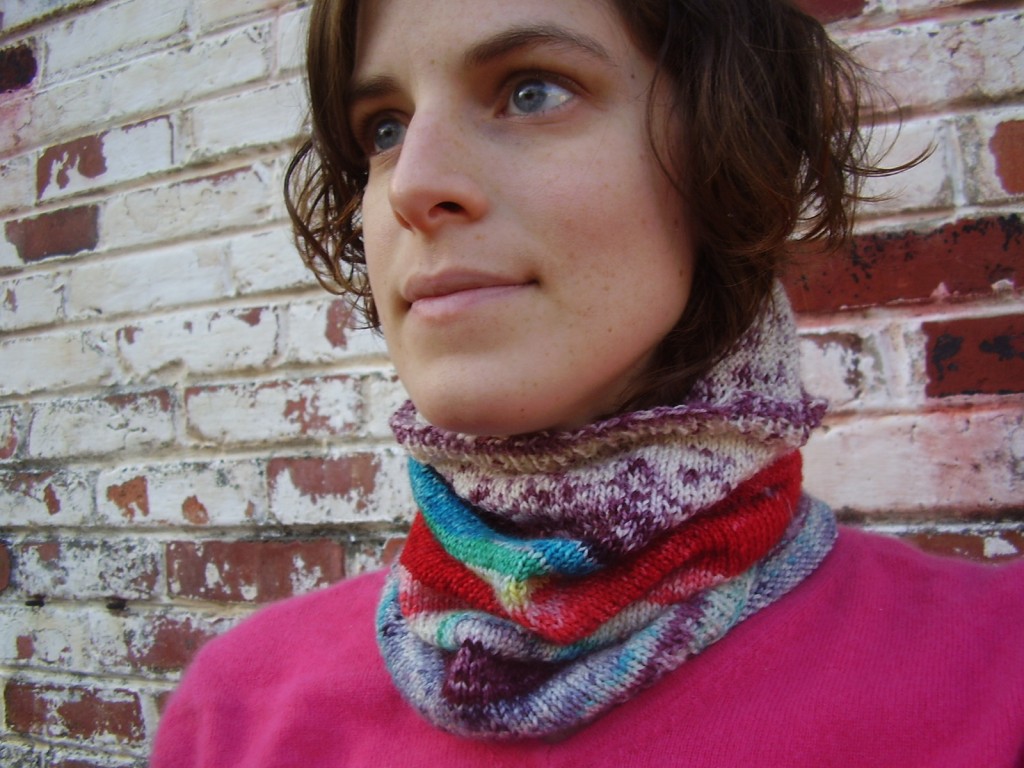I began designing crochet patterns 4 years ago this month (whoa!). Soon after I began selling patterns, I received the question:
Oh, dear. I hadn’t thought about that! So, I looked online to see what other designers did.
The majority of designers did not allow customers to sell the finished items made from their patterns. In fact, the policy seems to spread beyond indie designers: take a peek at the copyright notice in a pattern book or the small print on a McCall’s sewing pattern that you buy from the craft store.
The message is the same:
Surely these experienced companies must know something really important, right?
I, a newbie designer, followed suit. I replied to my customers that my patterns were for personal use, only. (don’t worry… this story has a happy ending, so keep reading!)
The Fear Factor
Why don’t many designers permit customers to sell finished items from their patterns? Let’s take a look at some of the reasons I read:
- Allowing customers to sell finished items allows factories in China to mass-produce your design, making millions of dollars and stealing your potential customers.
- If you allow a customer to sell finished items from your pattern, they could make thousands! And they only gave you $5! That’s not fair!
- What if you allow a customer to sell items made from your pattern, but the crocheter has very poor craftsmanship. Then this will reflect poorly on your design.
- If someone sells items from your pattern, it takes away customers who will buy the finished items you make!
- Allowing people to sell items from your pattern promotes the illegal copying/distribution of your pattern.
Boy… the designing world is suddenly a very scary place, isn’t it?
Everything I read suggested that if you allow customers to sell items made from your pattern, you’re signing the death certificate of your design company. Scary stuff!
But… do any of the items listed above seem a bit extreme? Uh, yeah… they did to me, too.
Having a serious think about the problem
After a while (as I gained confidence as a designer), it became less clear to me that prohibiting the sale of finished items from my patterns was the right thing to do. So, I looked at all of the reasons I read about, and had a really serious think about them.
Below are my thoughts about each of the points mentioned above.
Allowing customers to sell finished items allows factories in China to mass-produce your design, making millions of dollars and stealing your potential customers.
This is a really common fear amongst designers: that a factory in China (or Vietnam or wherever) will snatch up your design and mass-produce it without your permission. We see these knock-offs happening to designers of red-carpet gowns the day after an awards show.
But, here’s the important question for our discussion: is allowing customers to sell items made from your pattern make knock-offs any more likely? My opinion is: no. Firstly, the knock-offs that happen are knock-offs precisely because they are copying your design, meaning they don’t care if they have your permission or not. Put differently, your design can be stolen at any time. Secondly, if you allow customers to sell finished items, you are not also licensing out the mass-production of your design.
Finally, crochet is notoriously difficult to mass-produce. So even if a factory fell in love with my design, it’s unlikely it would be profitable for them to reproduce it. They would turn to a knitted/sewn design, instead.
If you allow a customer to sell finished items from your pattern, they could make thousands! And they only gave you $5! That’s not fair!
Let’s get serious. No one is becoming rich by hand-crocheting items from home. In fact, I frequently talk about how to make a profit at all!
The fairness issue is something to mull over. Some designers license their patterns to crafters. For example, if you wanted to sell owls, you might be charged a ‘cottage-industry fee’ (maybe $50) to get permission to sell items made from my owl pattern.
To resolve this issue for myself, I had to think about my customers. I made up a customer, Zoe:
Zoe represents my typical customer. She loves to crochet, and her family and friends have asked her to make some stuffed animals for them. Because she values her time, she wants to charge for making a stuffed animal. Let’s pretend that I charge her a fee. One of three things will happen:
- Zoe will think the fee isn’t worth it, and will use another pattern that permits her to sell the finished items without a fee.
- Zoe will decide that the fee is too expensive, so instead of charging for her hard work, she will give the animals away so that she isn’t ‘selling’ them.
- Zoe will pay the fee, significantly reducing her profit.
You see… most of my customers want to sell just a few finished products. Charging a fee would significantly impact their product.
And realistically, I want them to use my pattern! I love seeing people make items from my patterns. Why drive them away from my patterns by charging?
What if you allow a customer to sell items made from your pattern, but the crocheter has very poor craftsmanship. Then this will reflect poorly on your design.
Hmm… I suppose this is true. But frankly, people will crochet what they crochet and post the photos online regardless of whether or not they are selling them. And they’ll link to your pattern. Not sure what you can do about that.
The flip side is true, too! Customers will post beautiful photos as well! And oftentimes, the crocheter is happy to let you post the photo on your company’s Facebook page.
If someone sells items from your pattern, it takes away customers who will buy the finished items you make!
How severely this ‘scare’ affects you depends on your business model. My business is to sell patterns. I actually don’t have time to make many finished items for sale. So, if others sell finished items, it doesn’t take business away from me!
In fact, others selling finished items actually increases my business, because more crocheters are buying my patterns!
Allowing people to sell items from your pattern promotes the illegal copying/distribution of your pattern.
Uhh… I’ve read this a lot, but I just don’t understand how it could be true. People make illegal pdfs. But this is totally unrelated to whether or not you allow crocheters to sell finished items.
My policy
Have I busted all of those scary scenarios? I hope so!
I decided that, for my business, it was actually beneficial to allow customers to sell finished items from my patterns. Why?
- It results in increased pattern sales: from customers who choose my patterns over others because I permit the sale of items.
- I benefit from the increased number of projects connected to my patterns. If a crocheter makes 20 owl for sale, those 20 owls are listed on Ravelry, making my pattern more popular.
- Customers are often keen to share their photos with me, and posting these additional photos on my Facebook page shows the variety of colors that look great in my pattern!
- I am personally passionate about helping crocheters make a fair wage from their handiwork. By not charging a licensing fee, I am contributing to making stitching a viable wage-earning job.
- I couldn’t find any reason not to allow folks to sell the items!
So here’s my policy: You are welcome to sell items from my pdf patterns. I ask that you include a note about the item being a ‘FreshStitches Design’ on the tag (at a craft fair) or a link to my shop (in an online store like Etsy).
It makes me happy. It makes my customers happy. What could be better?
Chime in!
Are you a designer? What’s your policy and why?
Are you a crocheter? How does the ability to sell finished items affect your pattern purchases?
I want to hear!
Best,
Stacey








